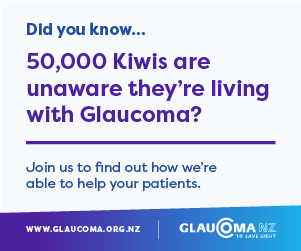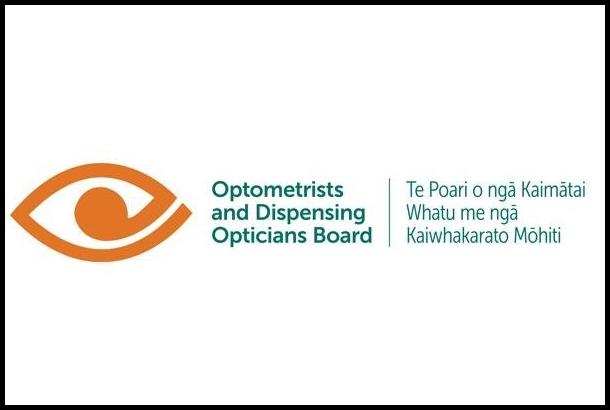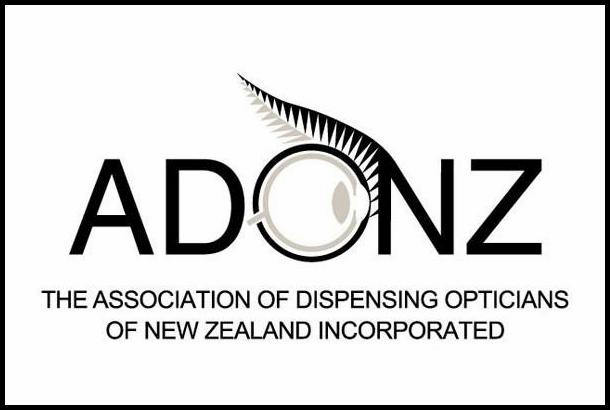LETTER: ODOB responds to Chalkeyes
In response to August’s Chalkeyes article, ‘Self-preservation masquerading as professional protection: an analysis of how the ODOB’s submission to Government reveals a fundamental disconnect between institutional interests and professional needs’, the author’s understanding of the Board’s role and functions seems to be based on some misconceptions, which are evident from the outset.
The Board’s primary responsibility is public protection, not the fulfilment of “professional needs”, so the subtitle may reflect a misunderstanding of the Board’s core remit. This confusion appears again in the author’s discussion of the Ministry of Health’s consultation and the Board’s concerns regarding the proposals.
There appears to be some misunderstanding regarding the Board's motivations. The suggestion that the Board opposes the proposed reforms out of self-interest is inaccurate. As set out in its submission, the Board's primary concern is not with the reforms themselves, but with their ability to achieve the Government's stated objectives. Additionally, the Board is concerned about the proposal to introduce a new regulatory model without providing any details on its structure, or a comprehensive, evidence-based cost-benefit analysis to support its implementation. Hence the Board’s view that no changes should be made.
The author indicates support for the economic rationale behind the government’s approach and questions the Board’s wish for a thorough cost-benefit analysis, claiming the Board has not provided its own. However, the Board’s financial position is publicly available in its independently audited statements, included in its annual reports, and this provides full transparency regarding its financial standing.
While the Board has faced unexpected financial challenges, such as those arising from the cyber-attack in 2022 and costs associated with successfully defending RANZCO’s complaint to the Regulations Review Committee, it is important to note that the Board’s financial situation is not as dire as suggested. For instance, in its recent consultation on fees, the Board proposed no increase in fees for most Annual Practising Certificate (APC) applications and even put forward reductions in certain cases.
The author suggests a more centralised regulatory system, like that in Australia, would be more cost-effective. However, this view appears to oversimplify the complexities involved, such as differences in population sizes or health systems in different jurisdictions. Furthermore, the findings of a review[1] of the Australian model indicate that centralisation is not without its issues. In fact, centralisation can bring hidden costs, including those related to transition and implementation, as well as the need to address local or profession-specific issues. In contrast, New Zealand’s current model allows for flexibility while ensuring consistent oversight and profession-led accountability.
The author offers a comparison of the cost of annual registration in Australia, citing a figure of NZ$400, compared with the cost of applying for an APC[2] in New Zealand (currently $1,222 for optometrists for applications received prior to 30 September in a practising year. A lower fee applies to applications received between 1 October and 31 March). However, it should be noted that the number of registered optometrists in Australia is over seven times that of practising optometrists in New Zealand[3], yet the APC application fee in New Zealand is not seven times higher than the cost of annual registration in Australia.
The author also questions the Board’s view of the need for more tailored regulation, again citing the Australian model. However, feedback received during the Board’s 2024 consultation on the statement on professional boundaries suggests that many respondents favour a more flexible, profession-specific approach, which allows for standards to be set taking account of the specifics of each profession, rather than a one-size-fits-all approach, which may arise from centralisation.
The author contends that the Board is mistaken in advocating for a greater focus on domestically trained practitioners over those educated overseas. However, as the Board highlighted in its submissions, the government’s proposals to ease registration pathways for overseas-educated practitioners are unlikely to significantly ease the pressures on the health system. While evidence shows these practitioners face little difficulty obtaining registration, it seems that many do not remain in New Zealand. Hence, the Board’s suggestion that a domestic workforce is likely to ensure a more sustainable solution.
Contrary to the author’s assertions, the Board is not opposed to initiatives that incentivise or invest in increasing the number of New Zealand-educated practitioners. However, the Board’s position is that the options proposed in the government’s consultation are unlikely to result in a substantial increase in domestically trained practitioners, nor will they address issues related to the geographic maldistribution of the health workforce. The geographic distribution of the workforce is largely influenced by factors outside the remit of regulators, such as government policy and workforce incentives.
In conclusion, while it’s tempting to draw comparisons with other jurisdictions, such comparisons can sometimes miss key differences in structure and legislation. The Board believes that a more comprehensive and transparent analysis is necessary to fully assess the effectiveness of regulatory models, and their applicability to New Zealand. Until such an analysis is available, it would be unwise to rush to embrace untested alternatives.
Notes and references
- Independent review of complexity in the National Registration and Accreditation Scheme | Australian Government Department of Health, Disability and Ageing
- It should be noted that this fee is not for an APC itself, but rather to cover the costs associated with receiving, assessing and determining applications etc. The fee also includes a ‘disciplinary levy’ to cover costs associated with disciplinary processes, including those of the Health Practitioners Disciplinary Tribunal (see section 103A and section 104 of the Health Practitioners Competence Assurance Act 2003).
- 7,051 registered optometrists in Australia to 30 June 2024, according to information in Ahpra’s Annual Report: Australian Health Practitioner Regulation Agency - Annual report 2023/24 — Index of tables. As at 31 March 2024, the number of registered optometrists in New Zealand was 1,132, but only 970 were practising https://odob.in1touch.org/document/8265/2023-2024%20AR_Final.pdf (the Board’s most recent annual report, 2023-2024).
























